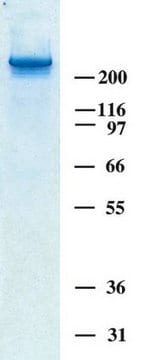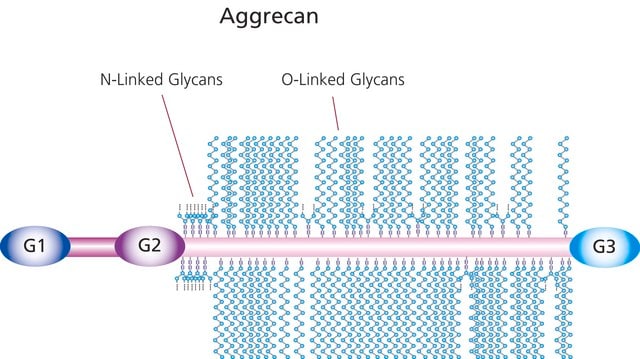CC115
Chicken Tenascin
from embryonic chicken brains, liquid, 0.755 mg/mL, suitable for cell culture
Synonym(e):
Cytotactin, Tenascin-C
About This Item
Empfohlene Produkte
product name
Chicken Tenascin,
Biologische Quelle
chicken
Qualitätsniveau
Form
liquid
Mol-Gew.
large molecular weight polypeptide 190 kDa
large molecular weight polypeptide 200 kDa
large molecular weight polypeptide 220 kDa
Hersteller/Markenname
Chemicon®
Konzentration
0.755 mg/mL
Methode(n)
cell culture | mammalian: suitable
Aufnahme
sample type hematopoietic stem cell(s)
sample type mesenchymal stem cell(s)
sample type pancreatic stem cell(s)
sample type induced pluripotent stem cell(s)
sample type neural stem cell(s)
sample type epithelial cells
sample type: mouse embryonic stem cell(s)
UniProt-Hinterlegungsnummer
Versandbedingung
dry ice
Lagertemp.
−20°C
Angaben zum Gen
chicken ... CNTN5(395317)
Allgemeine Beschreibung
Physikalische Form
Lagerung und Haltbarkeit
Hinweis zur Analyse
Rechtliche Hinweise
Haftungsausschluss
Lagerklassenschlüssel
12 - Non Combustible Liquids
WGK
WGK 2
Flammpunkt (°F)
Not applicable
Flammpunkt (°C)
Not applicable
Analysenzertifikate (COA)
Suchen Sie nach Analysenzertifikate (COA), indem Sie die Lot-/Chargennummer des Produkts eingeben. Lot- und Chargennummern sind auf dem Produktetikett hinter den Wörtern ‘Lot’ oder ‘Batch’ (Lot oder Charge) zu finden.
Besitzen Sie dieses Produkt bereits?
In der Dokumentenbibliothek finden Sie die Dokumentation zu den Produkten, die Sie kürzlich erworben haben.
Protokolle
This page covers the ECM coating protocols developed for four types of ECMs on Millicell®-CM inserts, Collagen Type 1, Fibronectin, Laminin, and Matrigel.
Unser Team von Wissenschaftlern verfügt über Erfahrung in allen Forschungsbereichen einschließlich Life Science, Materialwissenschaften, chemischer Synthese, Chromatographie, Analytik und vielen mehr..
Setzen Sie sich mit dem technischen Dienst in Verbindung.




![[Glu1]-Fibrinopeptid B ≥90% (HPLC)](/deepweb/assets/sigmaaldrich/product/structures/122/537/7ead5c32-cb67-4325-9ce7-66c8dec24bdd/640/7ead5c32-cb67-4325-9ce7-66c8dec24bdd.png)



